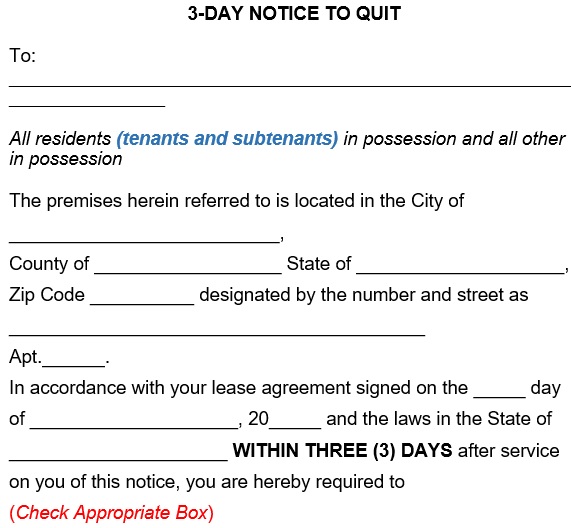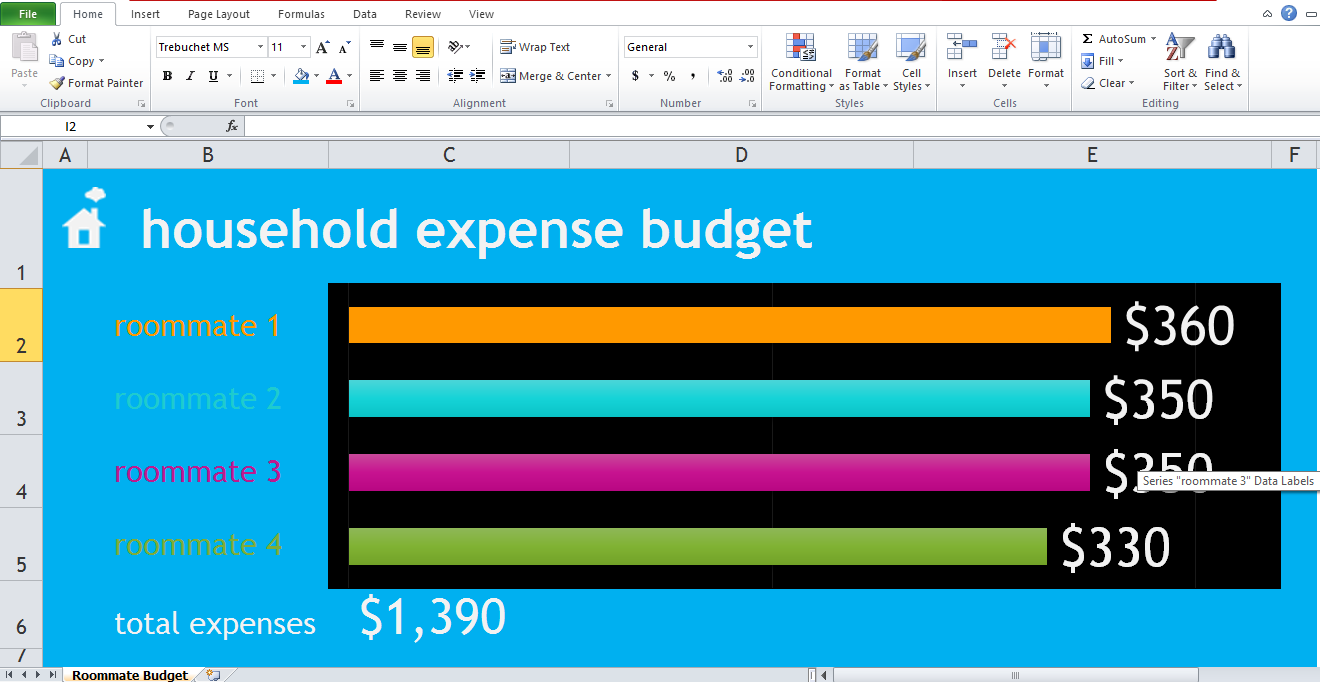A property owner sends an eviction notice form to a tenant to inform them about a violation or termination of their rental lease agreement. This form is also referred as a “notice to quit.” Usually, this letter is made to notify the tenant that they must resolve specific problems, cease and desist from specific actions or vacate the property within a given time period.
Some alternative names of an eviction notice form are;
- Landlord eviction notice
- Lease notice
- Warning notice
- Eviction letter
- Notice to vacate
- Warning letter
Table of Contents
The elements of an Eviction notice:
There are various number of things that have to be mentioned in the eviction notice form. The landlord before drafting the eviction notice needs to keep in mind that an eviction notice is admissible in court. The eviction notice can be presented as proof if the tenant fail to honor their demands and the issue is escalated to court. This indicates that such correspondences were established. That’s why, it is essential to include all of the key components needed for the eviction notice;
Basic information
The eviction notice must include the following basic information;
- The full name of the landlord
- Location of the property including unit number, street, city, and Zip Code
- The full name of the tenant to whom the notice is given. Moreover, it must be same as appeared in the lease agreement.
- The date in which the notice is given
Reason for eviction
It is important to include the reason for writing the letter while drafting an eviction notice. You don’t have to suppose that the tenant already knows why they are being evicted. For the eviction notice, make the reason clear in order to avoid instances where the tenant may claim unfair or discriminatory evictions. In case, the reasons for eviction are more than one, then include all of them in all the eviction letters sent to the tenant. Here are some common reasons for evictions;
- To the premises, international substantial abuse of damage
- Noise violations
- Non-payment of rent
- Taking part in
- Performing illegal activities in or within the premises
- Violence towards other tenants
You have to make sure that the reason given in the eviction notice is legitimate and non-discriminatory.
When and where the eviction is happening
In the eviction notice, specify when and where the eviction is occurring. You have to provide an accurate date on which the tenant must vacate or a timeline for when they must remedy their mistakes failure. Furthermore, you should also include the name of the building, house number, and any other essential identifying information.
Solution
On the basis of the type and severity of the violation of the lease agreement, the eviction notice should offer a solution. For example, the notice can indicate a time allowance to remedy the violation failure to vacate the premises in case the tenant has failed to pay their rent. In addition, the landlord may offer solutions to the tenant in case they have done adverse damages to the property.
Certificate of service
Almost all states demand that all eviction notices should be delivered to the tenant by a constable, sheriff, or agent of an attorney licensed in the same state. You have to ensure that to send and keep a certificate of the eviction notice.
Notice date and deadline
The notice date and the deadline for the eviction should be included in the eviction notice form. The notice date indicates the date on which the eviction notice was issued. On the other hand, the deadline is the date on which before facing eviction, the tenant must remedy their violations.
Contact information
You should ensure that to include your contact information including your phone number, email address, and physical address in the eviction notice form.
3-Day Eviction Notice Form
5-Day Notice To Quit Form
7-Day Eviction Notice Form
10-Day Eviction Notice Form
14-Day Eviction Notice Form
60-Day Eviction Notice Form
Conclusion:
In conclusion, an eviction notice form is basically a quit notice that a tenant received from a property owner. This letter tells the tenant regarding a violation or termination of their rental lease agreement.












